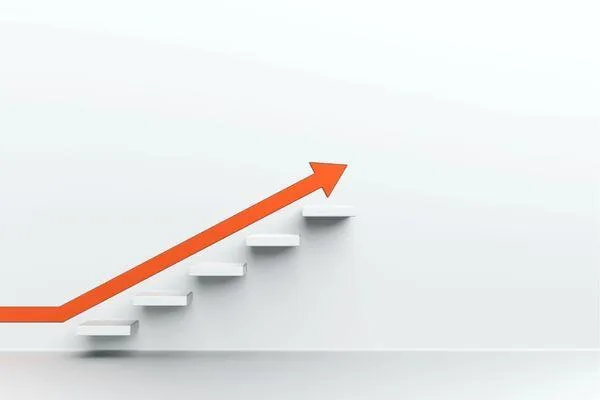
Why You Need to Step Out to Level Up
“Until you stop being your business, you’ll never be able to truly build one.”
- Helena Klassen
It’s one of the most repeated lines in entrepreneurship, and one of the hardest to live out. “Work on your business, not in it.” But what does that actually look like? And how do you make the leap when you're buried in the day-to-day? This post explores why stepping out of the weeds is essential for scaling, and how systems make that possible.

You can't lead from the middle of the mess. Step out. Zoom out. Build better.
There’s a point in every entrepreneur’s journey where things shift.
The hustle that got you started stops being enough.
The grind becomes a ceiling.
And you realize, you’re working in the business more than on it.
That’s when growth stalls.
Not because you don’t care. Not because you’re not capable.
But because you’ve become the engine of everything.
Here’s how it shows up:
You’re the one answering every question.
You’re stuck in the inbox, the DMs, the invoicing.
You want to grow, but you can’t find the time to think strategically, because you’re busy surviving the week.
The truth? If you're always in the weeds, you can’t build anything beyond them.
The Problem With Staying “In It”
When you stay trapped in execution mode, the business can’t grow beyond you.
Here’s what that creates:
Reactive leadership.
You’re putting out fires, not making moves.Dependency.
Your team, clients, and revenue all depend on your constant presence.Stalled vision.
There’s no space to innovate, refine offers, or optimize operations.Burnout.
Even if the business is profitable, it’s draining your energy and creativity.
You didn’t build this business to become its most overworked employee.
But without systems, that’s exactly what happens.
What “Working On the Business” Really Means
It doesn’t mean checking out.
It means shifting your role from technician to architect.
When you work on the business, you focus on:
Building repeatable systems
Clarifying your offers and messaging
Refining your customer journey
Strengthening your team’s capacity
Automating what you don’t need to touch
This is how you become the visionary again, not the taskmaster.
How Systems Make the Shift Possible
You can’t step out of the day-to-day unless something reliable is running in your place.
That something is a system.
Sales systems generate leads and conversions on autopilot.
Delivery systems ensure every client gets the same level of service, without you in the room.
Operations systems handle recurring tasks, data, and logistics.
Team systems empower others to take ownership, follow SOPs, and make decisions.
When systems carry the load, you can rise above it.
Where to Start: 5 Steps to Working On Your Business
Audit your current time.
Track where your energy goes. What’s strategic vs. tactical?Circle the tasks only you can do.
That’s your zone of genius. Everything else is ready for systemization or delegation.Choose one system to build first.
Start with the area that creates the most friction (often client delivery or lead flow).Document and delegate.
Write out the steps, then assign ownership with clarity.Block time weekly for strategy.
Even two hours per week “on” the business can create massive movement.
Final Thought
You’re not failing because you’re doing too little.
You’re stuck because you’re doing too much, of the wrong things.
Your value is not in every email or calendar link.
It’s in vision, strategy, and leadership.
But you can’t lead a business you’re trapped inside.
Working on the business is a discipline.
One that starts with building systems so you can finally step out, and scale up.
If you’re ready to stop flying blind and start building with systems, grab our free guide: The 6 Proven Marketing Systems That Drive 25% Growth.
Or join our on-demand webinar to learn more.